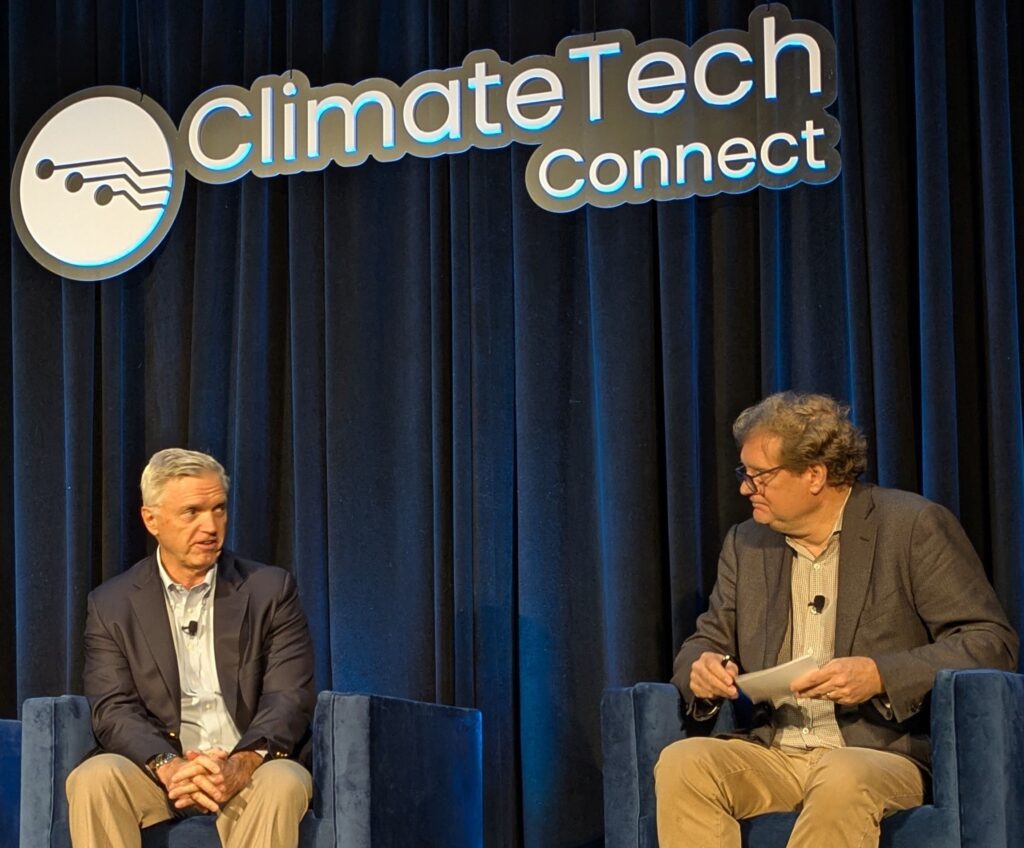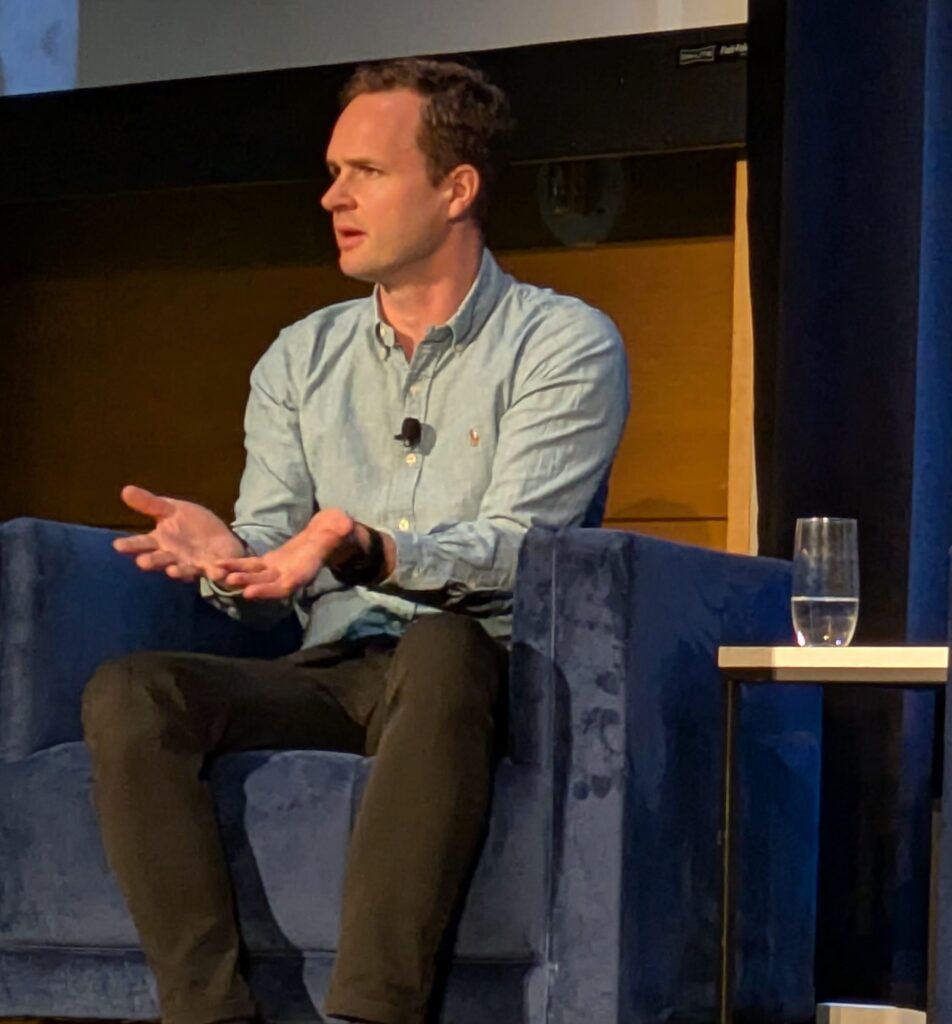William Nibbelin, Senior Research Actuary, Triple-I
Economic uncertainty, industry-specific trends, and evolving risks were the focus of the NCCI Annual Insights Symposium (AIS) 2025 – a key event for the workers compensation industry.
In her introduction, Tracy Ryan, NCCI president and CEO, highlighted the importance of data in improving worker safety and outcomes in the face of economic uncertainty, workforce changes, and technological advancements.
“Workers compensation is a product where compassion and analytics work hand-in-hand —protecting and caring for employees, while also leveraging data to make the entire system more effective and sustainable,” Ryan said.
Continued strong results
Workers comp remains financially fit, according to NCCI Chief Actuary Donna Glenn, FCAS, MAAA.
“The workers compensation system continues an era of exceptional performance with strong results and a financially healthy line,” Glenn said. “And while there are early indications of potential headwinds on the horizon, the industry is positioned well to navigate these challenges.”
Key Findings
- Premium: Workers compensation net written premium decreased by 3.2 points in 2024. This is attributed to decreases in rates outpacing payroll growth, including a 9.2-point decline in 2024 bureau loss costs.
- Profitability: The 2024 calendar year combined ratio for workers comp private carriers remained strong at 86 alongside a 2024 accident-year combined ratio of 99.
- Reserves: NCCI estimates a redundant industry reserve position of $16 billion.
- Claim Trends:
- Lost-time claim frequency declined by 5 points in 2024, which is a faster pace than the long-term average of -3.6 points from 2004 to 2023.
- Both medical and indemnity claim severity increased by 6 points in 2024.
Economic Uncertainty
Stephen Cooper, NCCI’s executive director and senior economist, noted that GDP declined in the first quarter of 2025, and there are concerns about stagflation.
“With economic uncertainty elevated and recession concerns resurfacing, consumer behavior will be important to watch,” Cooper said. “While employment has been concentrated amongst fewer industries, the labor market has shown resilience and strong payroll growth in workers compensation.”
He also addressed the potential impact of tariffs on workers compensation costs, with direct impacts on both the costs of medical supplies and drugs.
Industry-Specific Trends
Sandra Kipust, FCAS, NCCI senior practice leader and actuary, explored how workers compensation trends vary across different industries focusing on the following four sections:
- Combined Office: The shift to remote work in 2020 led to a decline in claim frequency among office workers and remains low for those who have continued to work remotely.
- Health Care: Despite pandemic disruptions, health care claim frequency (excluding COVID-19 claims) generally declined from 2015 to 2023, driven by a near 30 percentage point reduction in strain-related injuries.
- Leisure & Hospitality: Restaurant claim frequency declined in 2022 and 2023, potentially due to increased automation.
- Education: Claim frequency in private education has risen, primarily driven by “struck or injured by” injuries, potentially resulting from workplace violence in the industry.
“While the overall frequency of workers compensation claims continues its long-term decline, industry-specific patterns present a varied picture,” Kipust said. “Workers and workplaces are safer today than ever; yet, understanding the nuances at an industry level can uncover both opportunities and challenges within the system.”
Emerging Risks
The symposium also examined several evolving risk factors:
Medical Utilization: Raji Chadarevian, executive director for Actuarial Research at NCCI, reviewed a new NCCI-developed additive utilization metric to better understand utilization trends.
“Having an additive utilization measure for medical services and commodities allows us to develop trends and produce price indices by state, book of business, and class of claims,” he explained. “The potential is really remarkable!”
Chadarevian provided an overview of changes in medical utilization, such as surgery rates and physical therapy utilization, significantly impact costs. These changes reflect a trend toward less invasive procedures and a greater emphasis on physical medicine.
Motor Vehicle Accidents: Brian Stein, FCAS, assistant actuary at NCCI, provided a review of motor vehicle accident claims.
“Motor vehicle accidents remain an area of concern and opportunity for the industry,” Stein said. “While over the last 10 years, frequency for these uniquely harmful and costly accidents has yet to show improvement aside from during the pandemic, there is evidence to suggest that recent advances in technology and a focus on safety can get more workers home safely at the end of their day.”
Motor vehicle accidents are the number one cause of workplace fatalities and are costlier than the average lost-time claim. While overall claim frequency declines, motor vehicle accident frequency has not shown the same improvement, though there are positive signs in the trucking industry, driven by new technology and regulations addressing driver fatigue and overall safety.
Pain Management: The decline in opioid prescriptions has led to a shift in pain management strategies, with increased utilization of physical therapy and topical treatments. This shift aims to provide more holistic care and address the underlying causes of pain, rather than solely relying on medication.
Jon Sinclair, FCAS, director and actuary at NCCI, explained, “New NCCI research shows that opioid use in workers compensation has declined nearly 75 percentage points since 2012. Increasing utilization of physical therapy and non-opioid drugs reveal a shift to a more holistic approach that treats the whole person—not just the pain.”
For additional content on Workers Comp insurance, please visit the Insurance Information Institute and read our latest issues brief on Workers Comp, as well as our full report.















